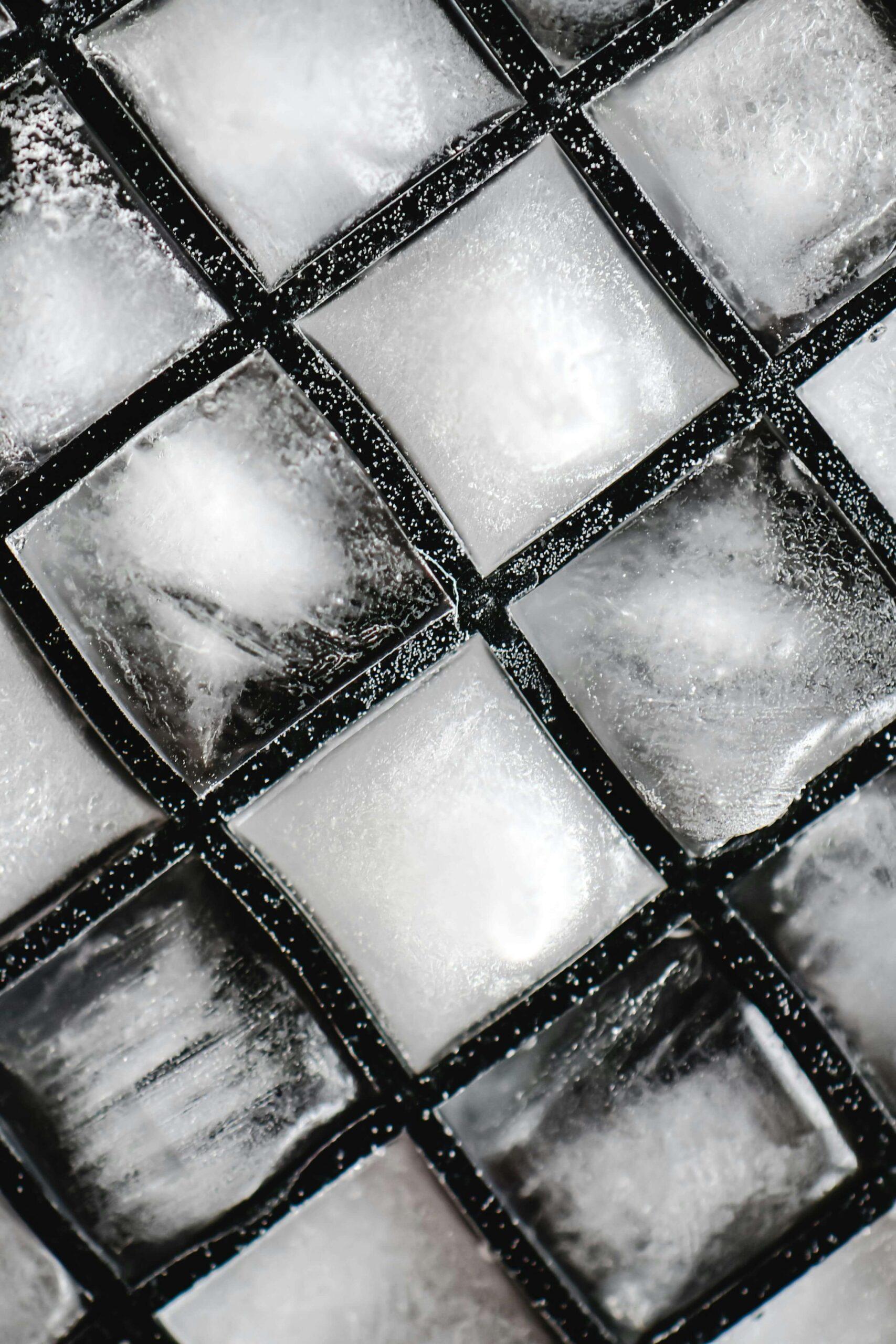Ice is such a common part of modern life that we rarely stop to consider its fascinating history. Whether it’s clinking in a glass of whiskey, preserving food in a cooler, or adding flair to a crafted cocktail, ice plays a crucial role in how we eat, drink, and entertain. But this everyday convenience has ancient roots and a surprisingly complex journey.
The Origins of Ice Use

Ancient Civilizations
The desire to keep food and drinks cold has been around since the first civilizations. In Mesopotamia, ice houses were built to keep things chilled. During that time, people would store food in clay pots and place them in the shade in an attempt to keep them cool. Some would even bury things to keep them from warming up in the sun.
In Greece and Rome, people would use snow and ice to cool drinks. The wealthiest royals would pay to have the snow transported down from the mountains just to have a cool glass of wine. Ice was reserved for the wealthy elite, and was often seen as an unattainable luxury for common folk.
Ice Harvesting
As populations and cities grew, the need for storage and food preservation grew as well. Depending on location, certain weather conditions could spoil food in storage before they had a chance to serve it. Soon enough, they realized that ice could be used to preserve food in warmer climates.
During the winter, when bodies of water began to freeze, workers would travel to these frozen lakes and rivers. They would then use saws and axes to cut blocks of ice, and then transport the ice back to their city. These blocks were stored in ice houses constructed specifically to facilitate and preserve the ice. Ice houses were either heavily insulated or built underground.
The Ice Trade
During the early 1800s, ice was still seen as an unreachable product to anyone outside of the wealthiest class. Then Frederic Tudor (known as the “Ice King”) entered the scene. Tudor decided that ice should be made available to anybody in any country. He engineered new practices for ice harvesting and insulation, enabling a process for shipping the blocks of ice. This kicked off the beginning of the ice trade, a phenomenon that would reach every part of the world.
Icy Inventions
The Icebox
As the transportation of ice blocks became common, the storage side of the situation became more of an issue. Thus, the icebox was invented. An icebox is essentially an insulated box that people could put in their homes to preserve food, drinks, and ice.
The Home Freezer
Mechanical refrigeration changed the game for ice. It made ice more accessible and useful. Time was no longer spent waiting for ice to be harvested and delivered. One could simply make the ice in the comfort of their own home.
Metal Ice Trays
After having to cut up their blocks of ice every time they wanted to enjoy a cool beverage, people began searching for alternative options. This led to the invention of the metal ice tray. People could still make their own ice, and this invention allowed them to make ice that fits perfectly into cups and various other objects.
Ice Makers
Eventually, technology became advanced enough to make ice makers that could produce various shapes of ice. From cubes to crushed to nuggets, every simple shape one could think of was designed. People started to test out which shapes of ice worked best with different drinks and glasses.
The Rise of Specialty Ice

Soon enough, the question became, “How can we do more?” with ice. The aesthetic of ice was almost more popular than its actual purpose. Molds were designed to enable consumers to create any shape they wanted. Themed ice became popular, especially during the holidays. Hosts would sometimes present ice in the shape of skulls for their Halloween parties.
Clear Ice Movement
Aside from shaping ice, the clarity of ice is now just as important when it comes to aesthetics. Creating a perfectly clear ice cube is now an achievement.
The Science Behind Clear Ice
In a regular ice cube tray, the water freezes from the outside in due to a lack of insulation on any side of the tray. With directional freezing, water can be forced to freeze from one direction by insulating each side. For example, if every side of an object is insulated except for the top, the water will freeze from the top down, pushing the impurities towards the bottom as it freezes.
Why Clarity Matters
Clear ice is purer than any other form of ice. This causes it to melt slowly, which is beneficial for those using it to dilute their alcoholic drinks. It has also been said that pure water tastes better.
The aesthetic of anything someone does is always trending. Social media plays an important part in any mixologist’s career. Many influencers in the alcohol niche have built their audience based on a clean and appealing aesthetic.
A clear ice cube shows the time and care put into the drink and is often seen as the best look for ice. Each cocktail that clear ice is added to has an elevated feeling that can only be created when the right amount of effort is put into crafting it.
Conclusion
What began as a luxury reserved for royalty has transformed into an everyday convenience—and, for some, even a form of art. The journey of ice, from ancient storage pits to designer cocktail cubes, reflects our evolving needs and desires: to preserve, to refresh, and now, to impress. As technology and taste continue to advance, ice has become more than a tool. It is now an opportunity to cultivate an unforgettable experience. Whether you’re sipping a drink cooled with a hand-carved cube or watching perfectly clear ice form in your freezer, you’re taking part in a tradition thousands of years in the making.


